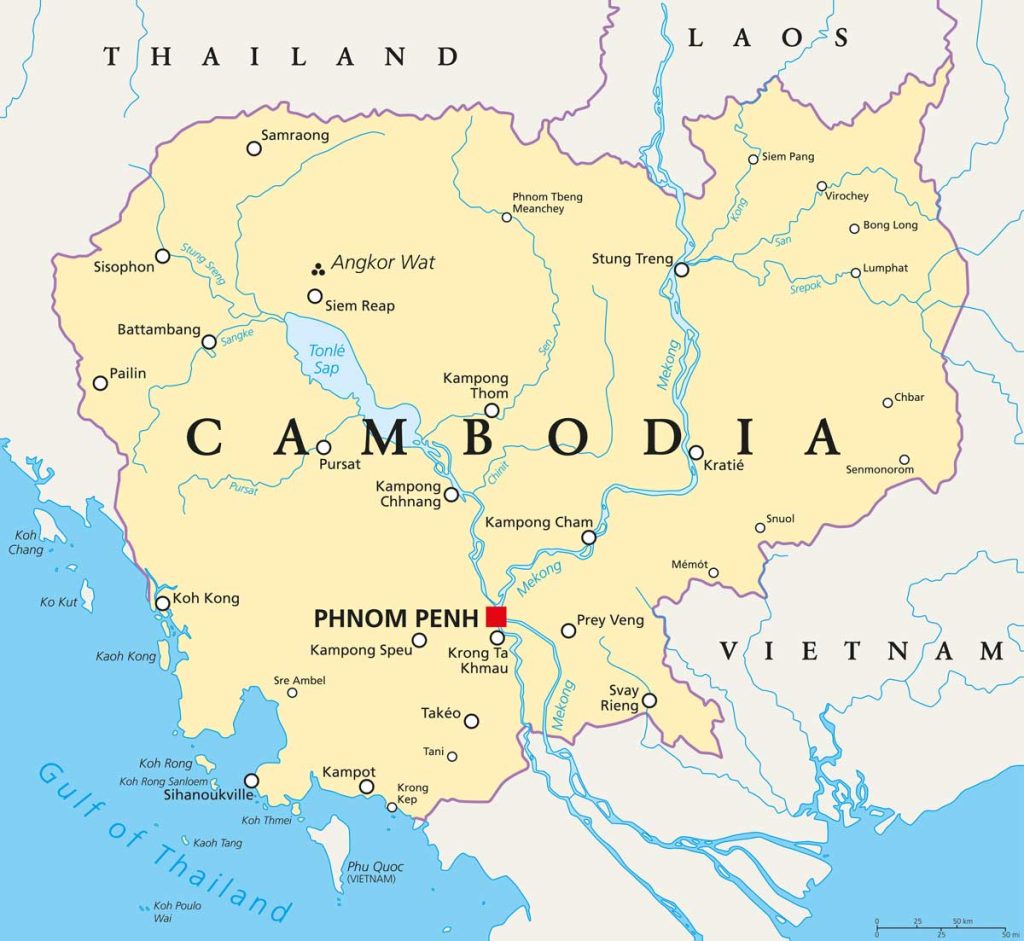Cambodia

Kingdom of Wonder
A boasts a rich culture with its many ancient temples and impressive natural scenery of clean beaches, mighty rivers and remote forests. The temples in Siem Reap are a magnet for visitors to Cambodia, and for good reason. While Angkor Wat is the largest and most popular, guests can easily spend a week exploring the hundreds of other ancient structures. Phnom Penh is a bustling and interesting city overshadowed by Angkor. It contrasts the temples with fine colonial architecture, artifacts and history of its own. With roads improving, so much more of this country is opening up to visitors who wish to take the time to discover Cambodia beyond the temples.
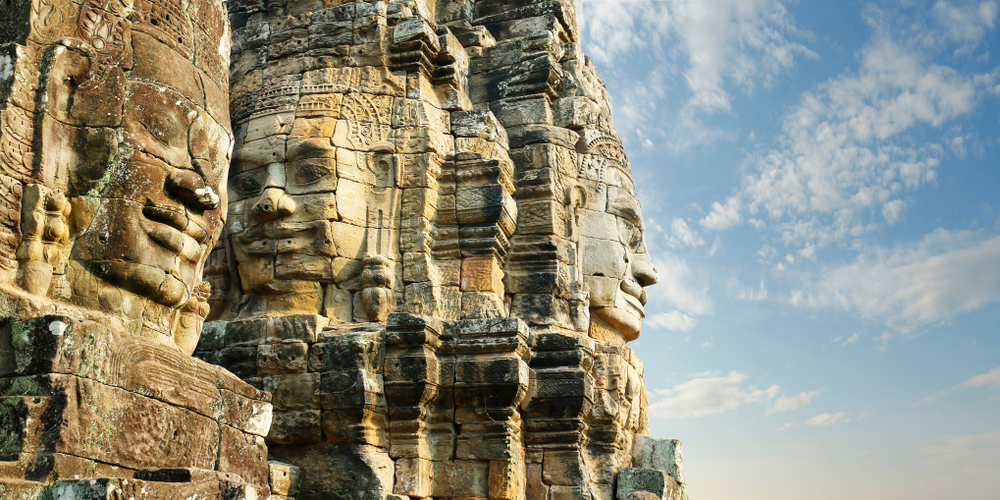
About Cambodia
The temples of Angkor are dotted throughout the Angkor Archaeological Park. Visit the must-see temples of Angkor Wat, Bayon and Ta Prohm before venturing off the tourist trail to some of the smaller, more remote temples. Cambodia is filled with fascinating towns and villages, ancient sites and picturesque landscapes. Battambang is home to French-colonial architecture, a thriving art scene, the famous bamboo train and Cambodia’s first winery.
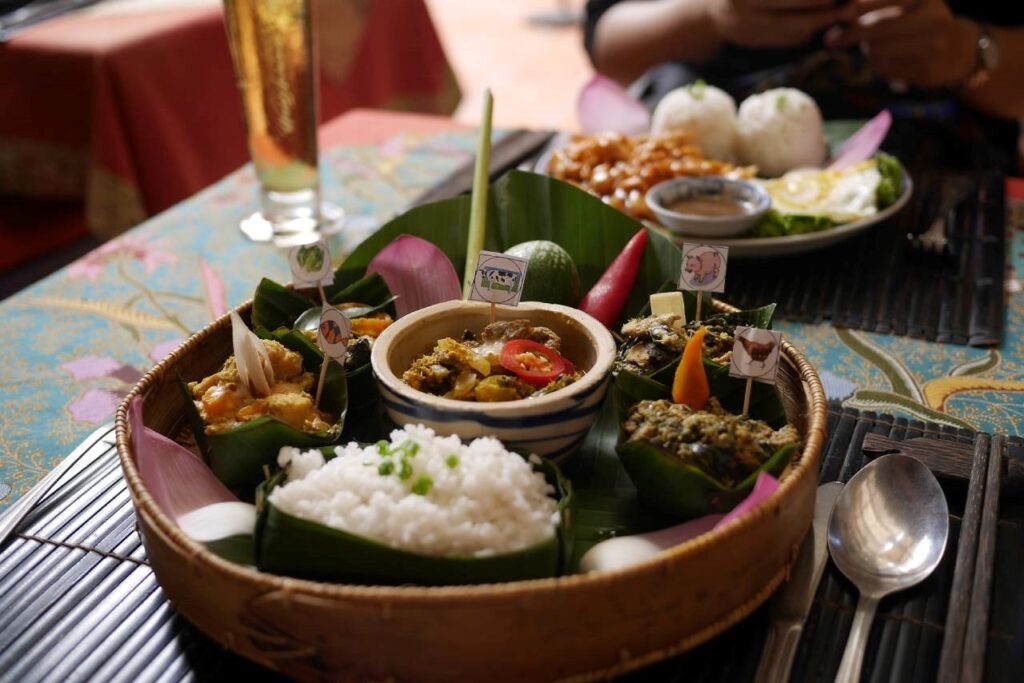
Khmer Food
Khmer cuisine is very similar to Thai food, but with fewer spices involved. Popular dishes include fish, soup and salad, almost always incorporating Cambodia’s favourite flavours of coriander, lemongrass and mint. There is also a plethora of sweet dishes. Common ingredients used include nuts, bananas, coconut, the durian fruit (known for its distinctive odour), jackfruit, longan fruit, lychee, pineapple and rambutan fruit, to name just a few.
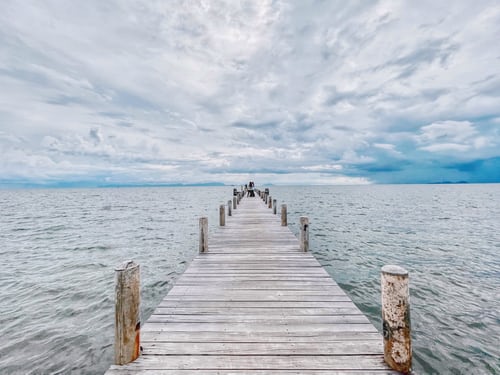
Multi Country
Cambodia shares borders in the north with Laos and Thailand, in the east with Vietnam and the southwest with the Gulf of Thailand. Cambodia is the perfect country for all included reagional south-east asia combination tour. Travel overland from Vietnam or Laos through Cambodia in to Thailand or vice versa. Various multi-country combinations are offered in various lengths. Explore the best what South East Asia got to offer.

Top Highlights
- Explore the majestic temples of Angkor – one of the world’s most magnificent sights.
- Discover Cambodia’s up-and coming southern islands and take your chance to fulfil those paradise fantasies.
- Ride a vintage vespa through Phnom Penh, Cambodia’s chaotic yet charming capital.
- Visit Battambang, the real Cambodia, one of the country’s best-preserved colonial-era towns.
- Go on an off the beaten adventure in Mondulkiri, home to the Bunong people, who still practice ancestor worship.
- Visit the Tone Sap lake, the largest freshwater lake in Southeast Asia, with a traditional longtail boat.
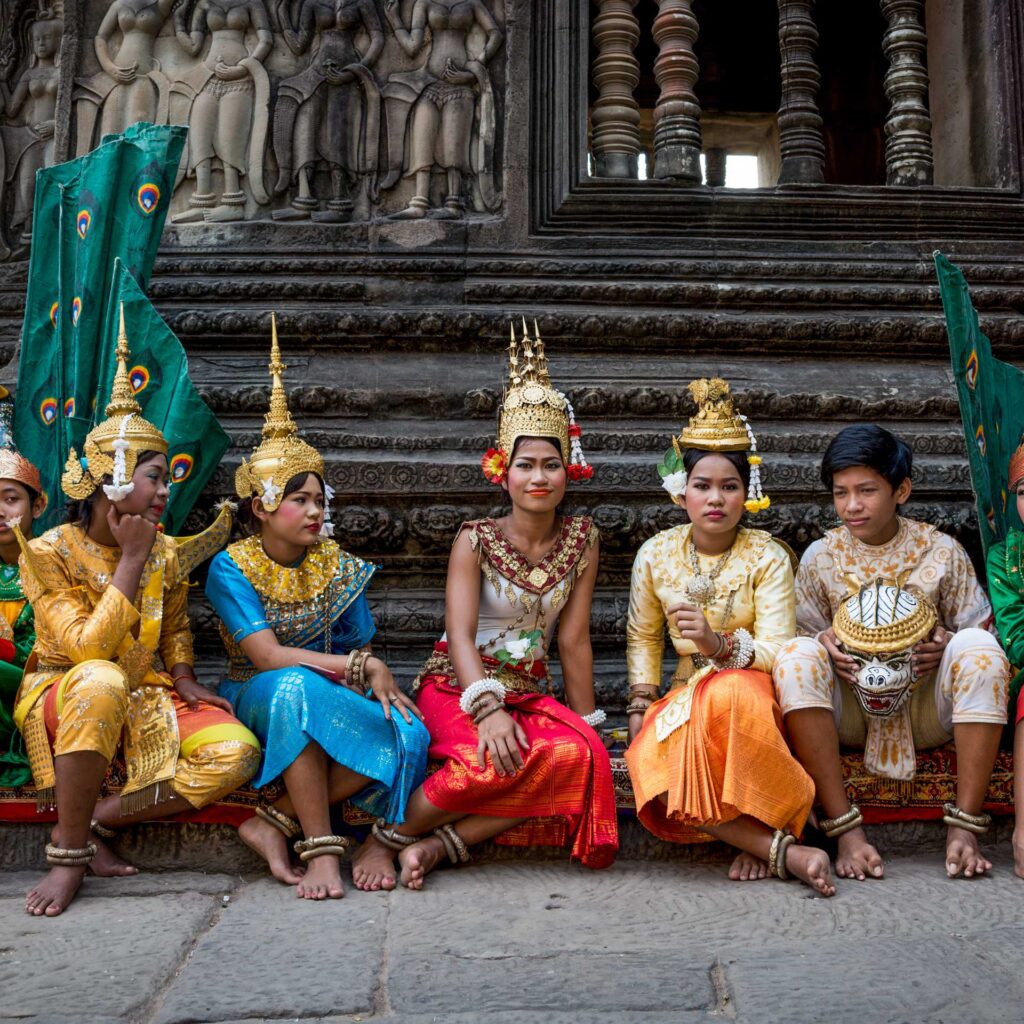
Country Information
- Phnom Penh
- GMT +7
- Riel
- Buddhism
- 16.7 Million
- Khmer
- Siem Reap, Phnom Penh
- Influenced by two seasons – ‘dry’ and ‘green’, Cambodia offers different experiences throughout the year. November to February brings cooler temperatures with little rain. From May to early October, it generally rains for a short time in the early morning and late afternoon, temple moats are full, the scenery is lush and green, and there are fewer visitors.
